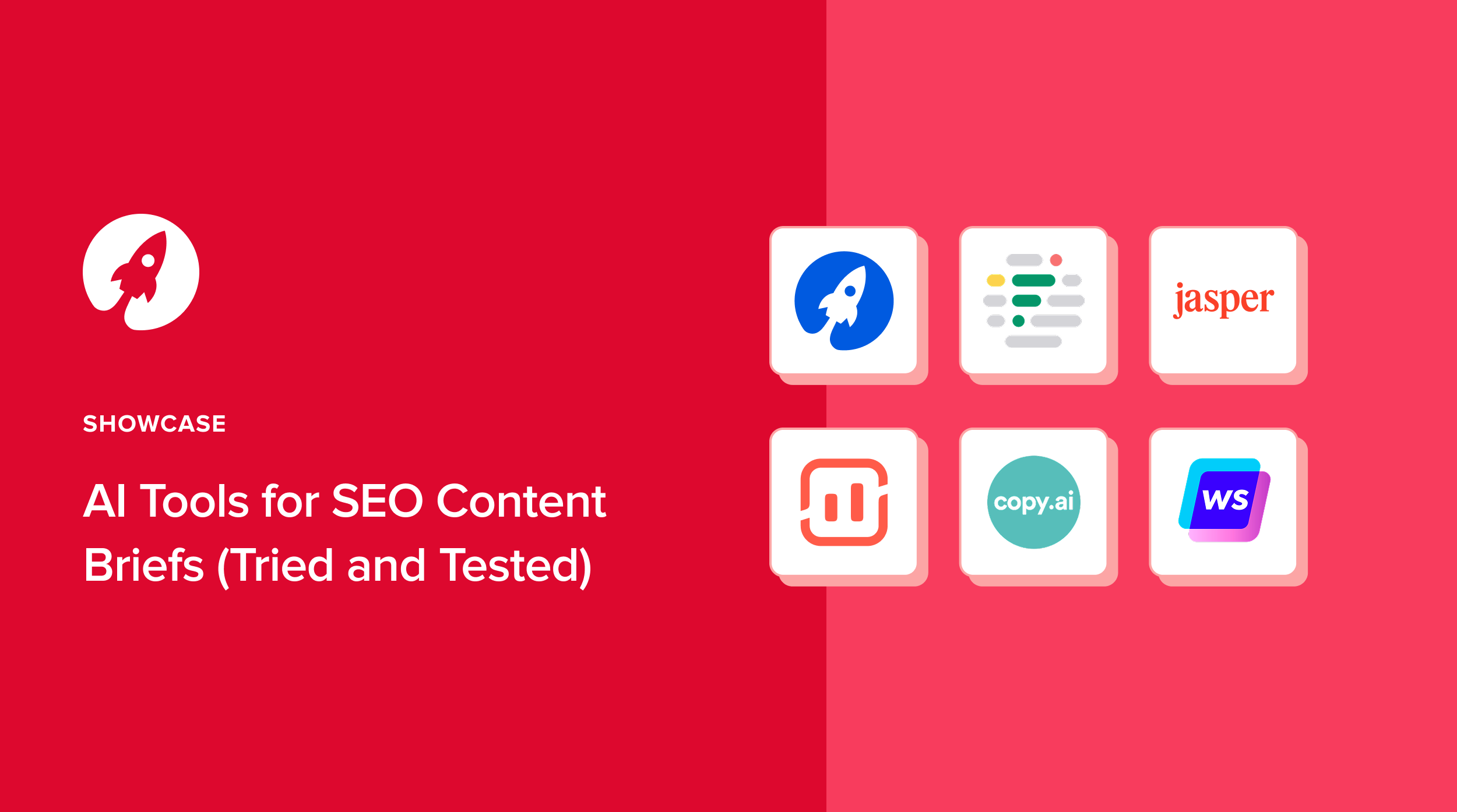If you’re a content writer or SEO strategist, you’ve likely struggled with where to start, what keywords to target, or how to structure a blog post for search engines. That’s where AI tools for SEO content briefs come in.
These platforms don’t just save time; they turn guesswork into strategy.
By using AI-generated content briefs, you can align your writing with search intent, increase your chances of ranking, and streamline your content production workflow.
In this blog, I’ll walk you through 6 of the most effective tools I’ve used personally.
What Are AI Tools for SEO Content Briefs?
AI tools for SEO content briefs are software solutions that automatically generate structured outlines and SEO guidelines for your content. They combine keyword research, competitive analysis, and search intent mapping into a ready-to-use brief, saving hours of manual work.
These tools analyze top-ranking content, extract relevant subtopics and questions, and offer optimized headings, keyword placements, and metadata suggestions.
Whether you’re writing a blog post or managing a content team, AI content briefs help you create well-researched content that’s more likely to rank.
They’re especially valuable for writers and marketers who want to produce SEO content at scale without compromising quality.
The Importance of Using AI Tools for SEO Content Briefs
A well-crafted content brief is the foundation of any high-performing SEO blog post. And using AI tools for SEO content briefs makes the process smarter and faster.
As a writer and SEO strategist, I’ve seen firsthand how a solid brief can streamline the content process, align team members, and ultimately drive better search rankings.
Without one, you’re often writing without a clear structure, target keyword, or user intent in mind.
Here’s why content briefs matter:
- They save time: You don’t have to stop mid-draft to do keyword research or check what competitors are doing manually.
- They improve collaboration; Whether you’re working with freelance writers or in-house teams, briefs help ensure everyone is on the same page.
- They align with SEO goals: By including keyword targets, search intent, and SERP trends, briefs ensure every piece of content serves a strategic purpose.
- They enhance EEAT: A detailed brief encourages the inclusion of expert insights, facts, and structure, enhancing the topical authority.
6 AI Tools for SEO Content Briefs
1. SEOBoost’s Content Briefs

As someone who writes and optimizes content regularly, I can confidently say that SEOBoost’s Content Briefs have changed the game for me.
The outlines are full strategic blueprints backed by real-time SEO data, making the writing process smoother, smarter, and more targeted.
Why It’s the Best for Content Briefs: SEOBoost is built for writers and content teams. It combines AI-driven research with SEO best practices to provide you with a brief that’s strategically effective. I’ve used it to cut my content planning time in half, and the results speak for themselves.
SEOBoost gives you context, structure, and search intent clarity for every post. This makes it easier to align content with user needs and SEO objectives from the beginning.
Key Features
Keyword Suggestions: Instantly see relevant keyword clusters for your topic, ranked by search volume, competition, and intent. This helps ensure your content covers both primary and supporting terms users are searching for.
Structured Outlines: SEOBoost automatically suggests headings, subheadings, and questions based on SERP data, People Also Ask boxes, and competitor analysis.
SEO Guidelines: Each brief includes optimization checkpoints, such as ideal word count, linking suggestions, keyword placement advice, and content recommendations.
Pricing: Starts at $30/month, which also includes access to other powerful features like Topic Reports and Real-Time Content Optimization, making it one of the best-value tools on this list.
2. Frase
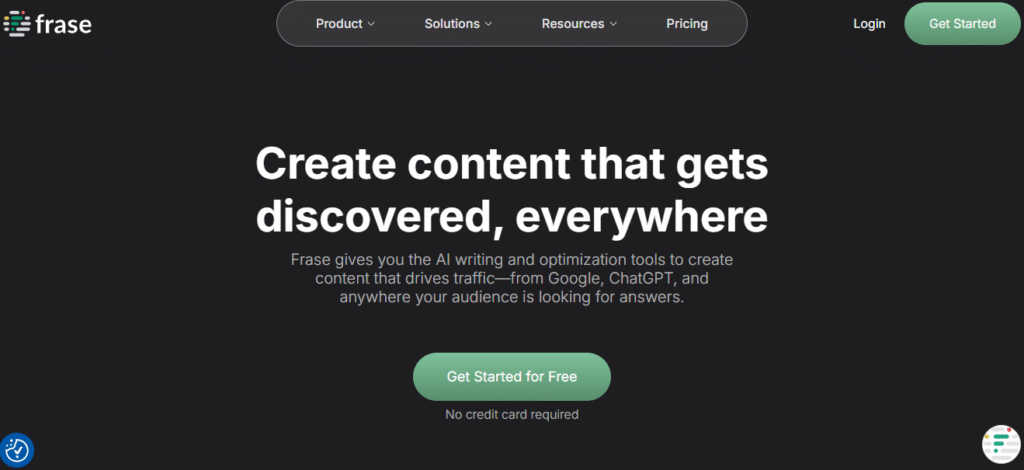
Frase is one of the most well-known AI tools for SEO content briefs, particularly for marketers and SEOs who want a fast, structured way to understand what’s ranking and how to compete.
It’s designed to help you create content that aligns with user intent by analyzing top-ranking pages and SERP features for your target keyword.
Why It’s Great for Content Briefs: If you’re a solo writer or working in a lean content team, Frase can dramatically reduce research time while still helping you write content that ranks.
It’s especially useful for those who want a quick way to build out briefs without diving too deeply into manual SERP research.
Key Features
AI-Generated Briefs: Frase automatically pulls in key data from search engine results and generates content briefs with relevant headings, subtopics, and summaries. This is especially helpful when you need to scale content production quickly.
Search Intent Analysis: It identifies the type of content that’s ranking, whether it’s listicles, how-tos, or long-form guides, and helps you match that structure. This enables you to align more closely with what Google rewards for each keyword.
Content Research: Frase includes related questions from the SERP, keyword suggestions, and topic gaps. These additions ensure your content is comprehensive and covers angles your competitors might have missed.
While Frase is great for pulling data from the SERP, it lacks the real-time content optimization and deep internal linking guidance SEOBoost provides.
If you’re using Frase, pairing it with SEOBoost’s Content Optimization and Content Management features can give you both research power and publishing performance.
Pricing: Starting at $14.99/month, it offers an affordable entry point for freelancers or small teams.
3. Jasper AI
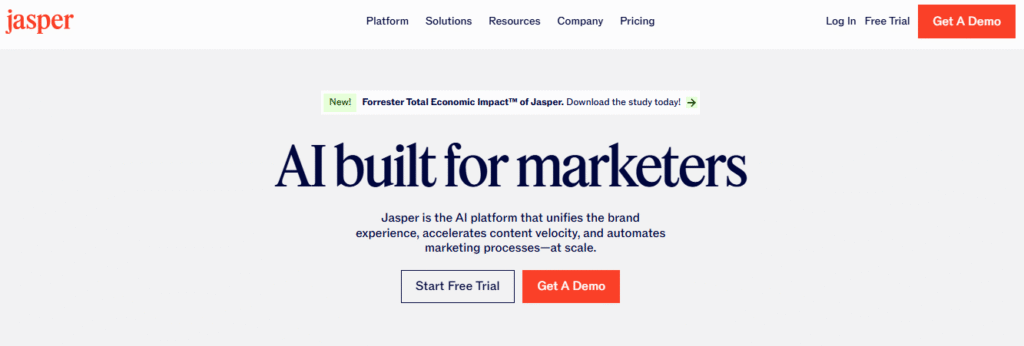
Jasper AI is a powerful AI content generation tool designed for marketers, bloggers, and teams that require high-quality content quickly and efficiently.
While it’s primarily known for creating full-length blog posts and marketing copy, Jasper also supports SEO workflows by allowing users to generate structured content briefs and outlines.
Why It’s Great for Content Briefs: It’s ideal if you’re looking to build briefs that quickly turn into full drafts. Additionally, for teams that value voice and tone, Jasper ensures consistency across multiple writers.
Its biggest strength lies in turning minimal inputs into ready-to-use drafts — ideal for those who need to scale content quickly without compromising tone or structure.
Key Features
Customizable Templates: Jasper includes a range of templates for blog posts, product descriptions, landing pages, and more. These can be adapted into content briefs that suit various content types, helping teams maintain consistent structure and style.
AI Writing Assistant: It can generate headlines, intros, and body content with suggested keyword usage, all based on your prompt. This makes it great for filling out sections of a brief or even producing the first draft from your outline.
Tone and Voice Adjustments: One of Jasper’s standout features is the ability to tailor the content tone. Whether you’re writing a casual blog post or a formal whitepaper, you can adjust the voice to match your brand guidelines.
Jasper’s strength lies in content generation, not optimization. It doesn’t include detailed keyword performance, real-time SEO scoring, or audit capabilities. That’s where SEOBoost complements it perfectly.
Use Jasper to draft content, then bring it into SEOBoost to optimize it for rankings, structure, and content performance.
Pricing: Starts at $29/month, with higher-tier plans offering long-form assistance and team collaboration features.
4. SurferSEO
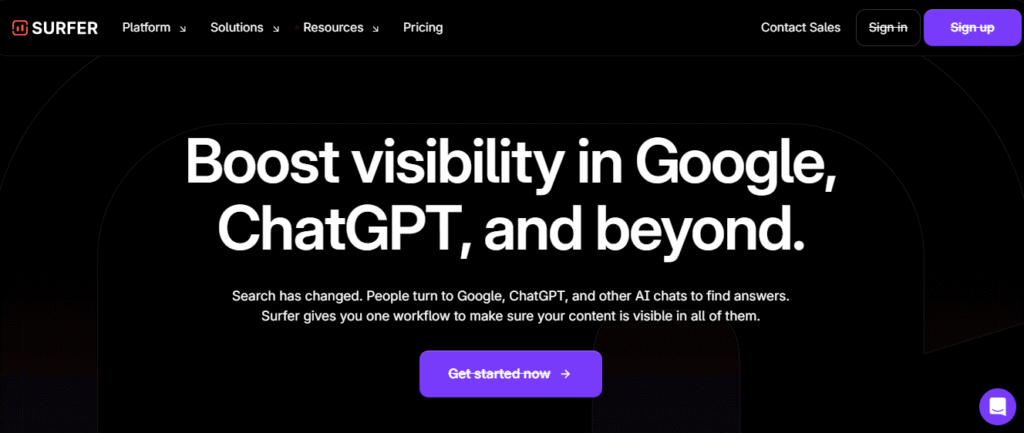
SurferSEO is a data-driven content optimization platform that combines SERP analysis with AI-powered tools to help you create highly optimized, rank-ready blog posts. It’s one of the most well-known tools for aligning your content with what’s currently ranking in Google.
Why It’s Great for Content Briefs: SurferSEO’s content briefs give you a complete blueprint based on actual SERP data. This makes it one of the most robust tools for creating SEO-optimized briefs that are backed by what’s already performing well.
Key Features
SEO Brief Generator: SurferSEO creates SEO-focused content briefs based on a target keyword. It analyzes the top-ranking pages and generates outlines, heading suggestions, and ideal word count. These briefs help writers understand exactly what Google prefers for that topic.
Content Editor: In its real-time editor, Surfer provides live feedback on keyword density, NLP terms, content length, image count, and more, ensuring every element of your draft is tailored for SEO success.
SERP Analyzer: It breaks down search engine results for your chosen keyword, showing ranking factors such as backlink count, page speed, word count, and keyword placement, providing you with deep insights into what’s required to compete.
Surfer excels at outlining based on current search results, but its optimization can sometimes feel rigid, especially for writers seeking more creative flexibility.
SEOBoost, on the other hand, strikes a balance between real-time optimization and structured planning, offering AI-generated content briefs, keyword clustering by intent, and comprehensive content management tools.
Pair SurferSEO’s SERP-based briefs with SEOBoost’s real-time optimization and audit features to ensure both strategic alignment and high-quality execution.
Pricing: Starts at $59/month, with access to Content Editor, SERP Analyzer, and Audit tools included in base plans.
5. Copy.ai
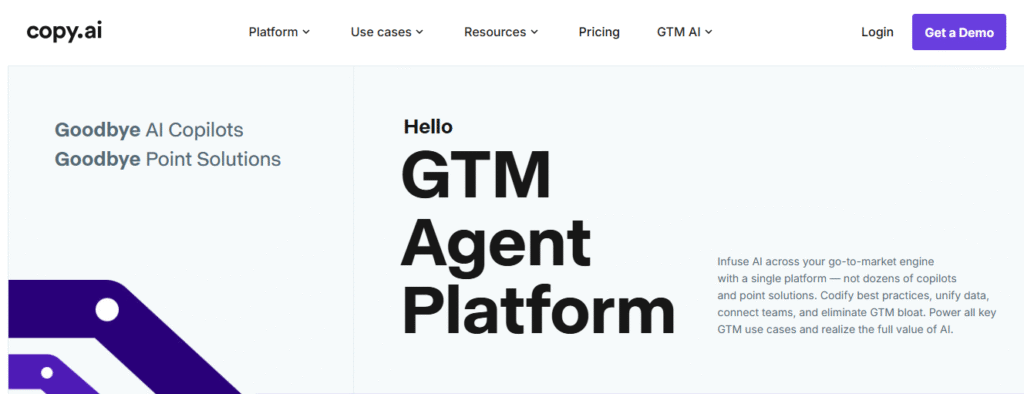
Copy.ai is an AI-powered content generation platform designed to help marketers, writers, and businesses create engaging content faster. While it’s best known for its quick content generation templates, it also supports SEO-friendly content briefs and outlines.
Why It’s Great for Content Briefs: Copy.ai is ideal for marketers or solo writers who need to quickly generate content outlines. It’s not as SEO-specific as some of the other tools, but for simple content briefs, especially when speed and structure are priorities, it performs well.
Key Features
Content Outlines: Copy.ai can generate comprehensive outlines for blog posts based on your topic or keyword. It offers suggested headings, subheadings, and section ideas to guide the structure of your article.
Keyword Integration: The platform lets you enter focus keywords, ensuring your content suggestions align with your SEO goals. It doesn’t perform in-depth SEO analysis, but it does help keep your target keyword central to the outline.
Short and Long-Form Templates: Whether you’re creating blog content, product descriptions, or ad copy, Copy.ai offers templates that streamline the content creation process. These templates can serve as quick-start guides when creating content briefs.
Copy.ai is ideal for getting started quickly, but it lacks in-depth SEO integration and doesn’t analyze SERPs or provide keyword intent clustering. SEOBoost, in contrast, delivers structured content briefs with keyword data, SERP insights, and optimization checkpoints, providing a more comprehensive, SEO-aligned solution.
For writers who want speed and strategy, I’d recommend using Copy.ai for quick idea generation and SEOBoost for structured briefs and optimization.
Pricing: Starts at $49/month, with access to all templates and unlimited projects on most plans.
6. Writesonic
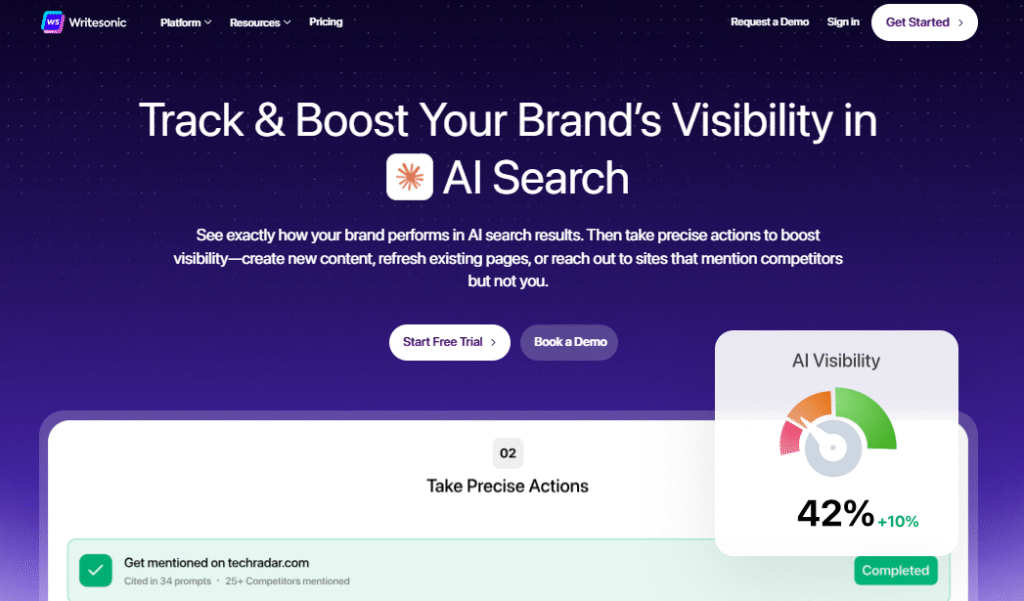
Writesonic is an AI-powered content creation platform designed for speed and efficiency. It helps generate everything from blog outlines and full-length articles to ad copy and product descriptions. Its SEO features focus on optimizing content flow, structure, and keyword relevance.
Why It’s Great for Content Briefs: Writesonic stands out for its speed and ease of use. It also supports long-form content generation, which can be helpful if you want to turn your brief directly into a draft with minimal effort.
For users who want to quickly transition from keyword to published content without compromising basic SEO needs, Writesonic is a strong contender.
Key Features
Content Brief Generator: Writesonic automatically creates content outlines based on your target keyword. These outlines include suggested headings, keyword placement, and key discussion points to help you stay on topic and aligned with SEO best practices.
SEO Optimization: While not as comprehensive as SEOBoost, Writesonic offers real-time SEO recommendations, including keyword suggestions and on-page optimization pointers, helping writers stay aware of key ranking factors.
Tone Customization: You can tailor the tone of your content brief or outline to match your brand’s voice, choosing from a range of styles, including professional, friendly, witty, or conversational.
Writesonic is excellent for fast output and surface-level SEO support. However, it doesn’t offer features like topic clustering by intent, SERP gap analysis, or integrated content audits.
Use Writesonic for quick ideation and SEOBoost to polish, optimize, and ensure long-term performance.
Pricing: Starts at $13.33/month, making it one of the most affordable tools for quick SEO content briefs and AI writing support.
Final Word
AI tools have reshaped how we approach blog writing and SEO, and content briefs are at the heart of that shift. Whether you’re a solo writer, freelancer, or part of a content team, the right AI tool can save you hours and elevate the quality of your work.
After testing dozens of options, SEOBoost remains my go-to for one simple reason: it drives strategy. From topic research and SEO-optimized briefs to content scoring and workflow management, SEOBoost is built to help writers win the long game of SEO.
If you’re serious about creating high-performing content, start with a brief. And if you’re serious about your briefs, start with SEOBoost.
FAQs
If you’re looking for a comprehensive solution, SEOBoost stands out with its real-time SEO suggestions, keyword clustering by intent, and built-in content audits. It’s specifically designed for content teams who want data-backed content strategies that drive results.
Yes, there are many AI tools for SEO content briefs, such as SEOBoost that can generate SEO-friendly content briefs. These tools extract data from SERPs, analyze keywords, and structure briefs with headings, subtopics, and optimization guidelines, enabling you to write with clarity and intent.


